C8: A Tessellation of Faces, Wings, and Other Obscure Things
She smiles, she sighs,
she steals the neighbor’s sheets
wrinkled beyond
a woman’s worth,
a star’s exhalation
spread out to dry
October dreams
of Which and What and Why
winged poetry
shadows, rainbows
bleached and starched and pressed—
a Schläfli script.
Yet still it storms,
time and space disrupted,
seams split and hemmed,
even stitches,
controlled symmetry sought,
found reflected
facing reason,
defining perfection:
model subjects
surrendering
in synch, a metronome,
relative mass.
The first sphere sings
heavenly guardians
shining stars bright,
supernovas
collapsed and on the wing
to tip the scales,
push back the dark,
the death bat defeated,
reclaimed by life
tended, reborn
under a midwife’s touch
stalking the moon.
Still we battle
the shadow of evil,
mundane torture
devices stamped,
process manufactured,
replicated,
an infinite
tessellation of birds,
reptiles and beasts—
patterned design,
an Escheresque study
of humankind.
NOTES:
This piece is framed on the structure of a tesseract: “There are four cubes, six squares, and four edges meeting at every vertex. All in all, it consists of 8 cubes, 24 squares, 32 edges, and 16 vertices.” This poem is written with a syllabic structure of 4-6-4, repeating 16 times, and each stanza features four repetitions of the 4-6-4 syllables. The title references C8, which is another name for a tesseract.
The first stanza, references the opening scenes in A Wrinkle in Time and the three supernatural Ws: Mrs. Whatsit, Mrs. Who, and Mrs. Which. Other references tucked into this stanza include the month the story takes place (October), Mrs. Who’s theft of Mrs. Buncombe's sheets, the fact that all of the Mrs. Ws were once stars, Mrs. Whatsit’s transformation into the winged creature, and the Schläfli symbol (The tesseract can be constructed in a number of ways. As a regular polytope with three cubes folded together around every edge, it has Schläfli symbol {4,3,3} with hyperoctahedral symmetry of order 384.)
The second stanza references the storms (both metaphorical and physical) that occur within the confines of the novel as well as Mr. Murray’s disastrous attempts to tesser, the horrifying synchronicity of the inhabitants of Camazotz, and of course Einstein’s theory of relativity (E = mc2) which he postulates that time and space are relative.
The third stanza explores the mythic influences in A Wrinkle in Time, in particular the references to the planets: Uriel (an angel in Christian mythology), Camazotz (Mayan for death bat), and Ixchel (the 16th-century name of the aged jaguar goddess of midwifery and medicine in ancient Mayan culture). The fourth stanza brings in modern elements and connections to the mundane. I hope you enjoy it.
Carina Bissett
Carina Bissett is a writer, poet, and educator working primarily in the fields of speculative fiction and interstitial art. Her short fiction and poetry has been published in multiple journals and anthologies including Hath No Fury, Mythic Delirium, NonBinary Review, Timeless Tales, and The Horror 'Zine. Her work has been nominated for several awards and she was the recipient of the 2016 HWA Scholarship. Links to herwork can be found at http://carinabissett.com.


